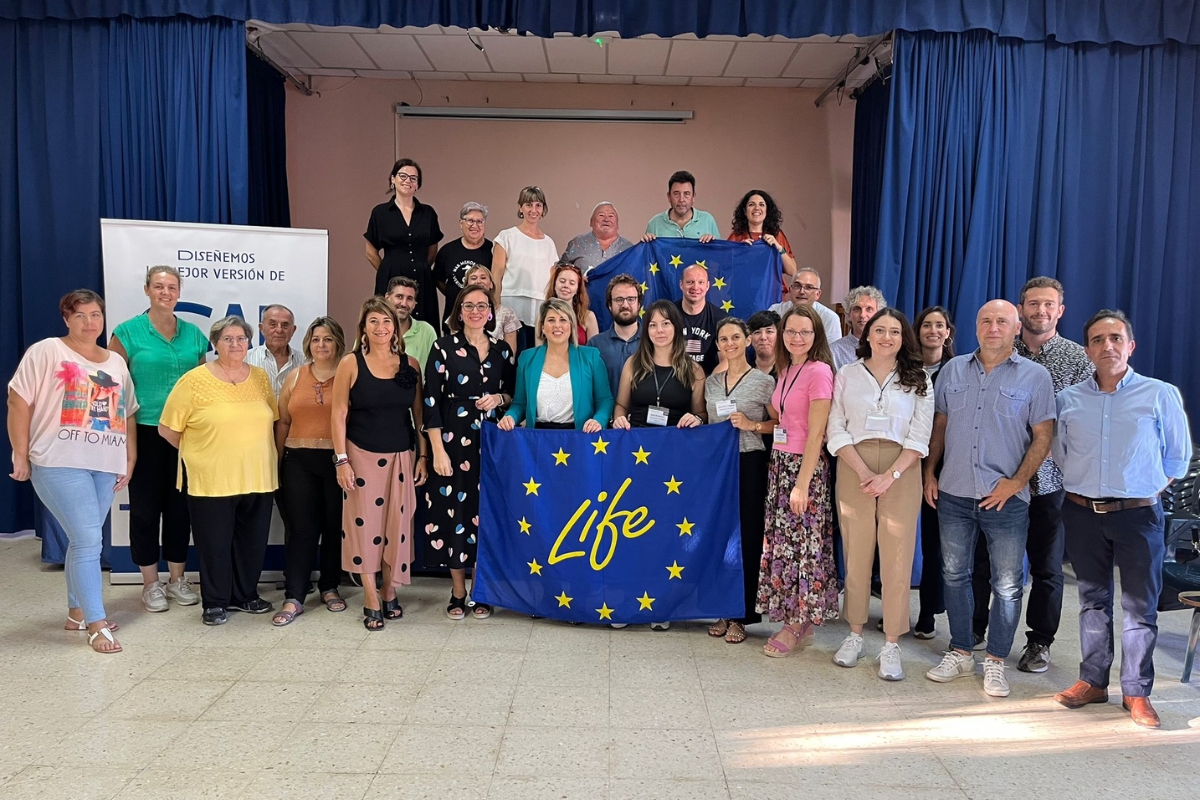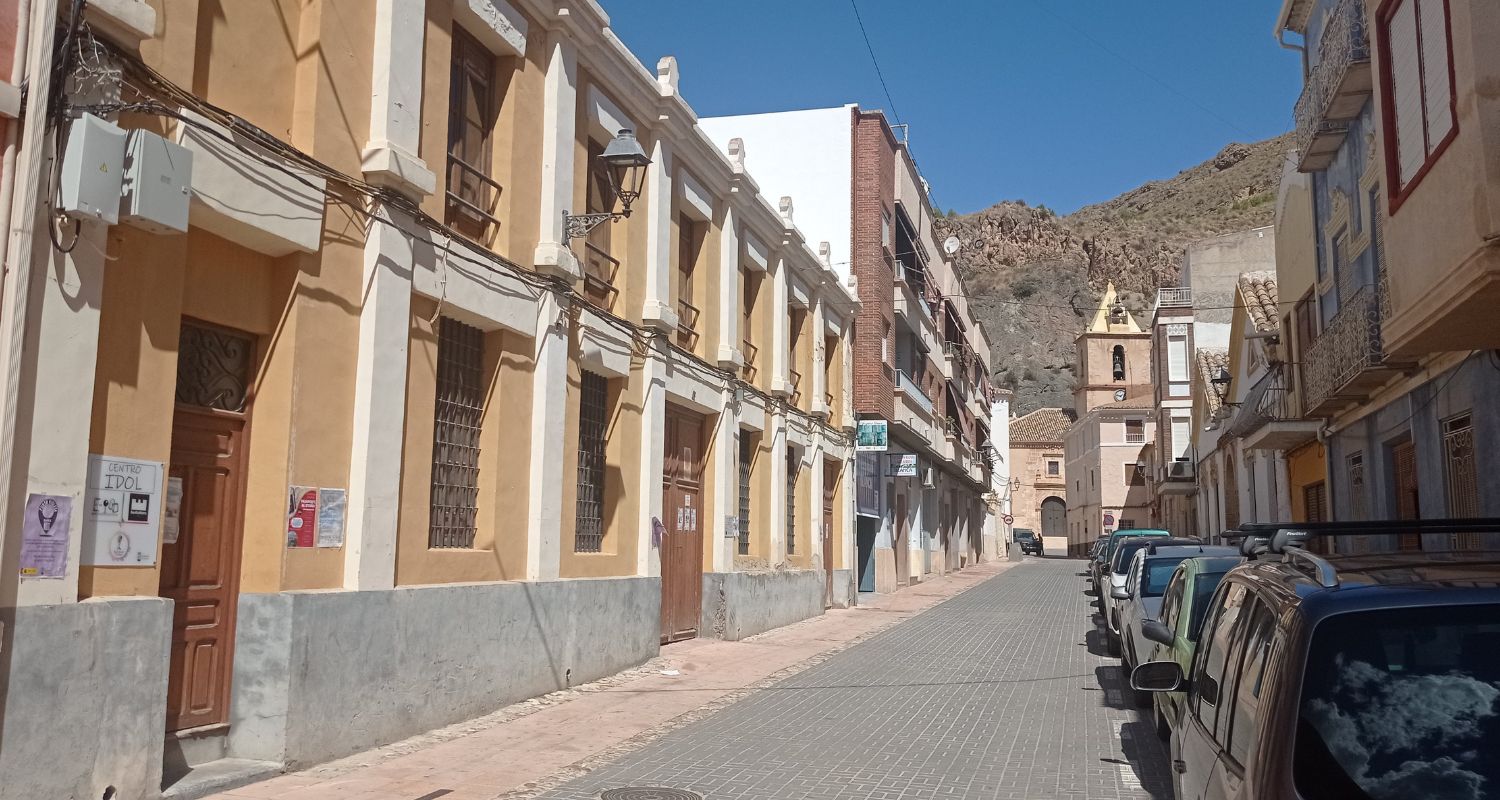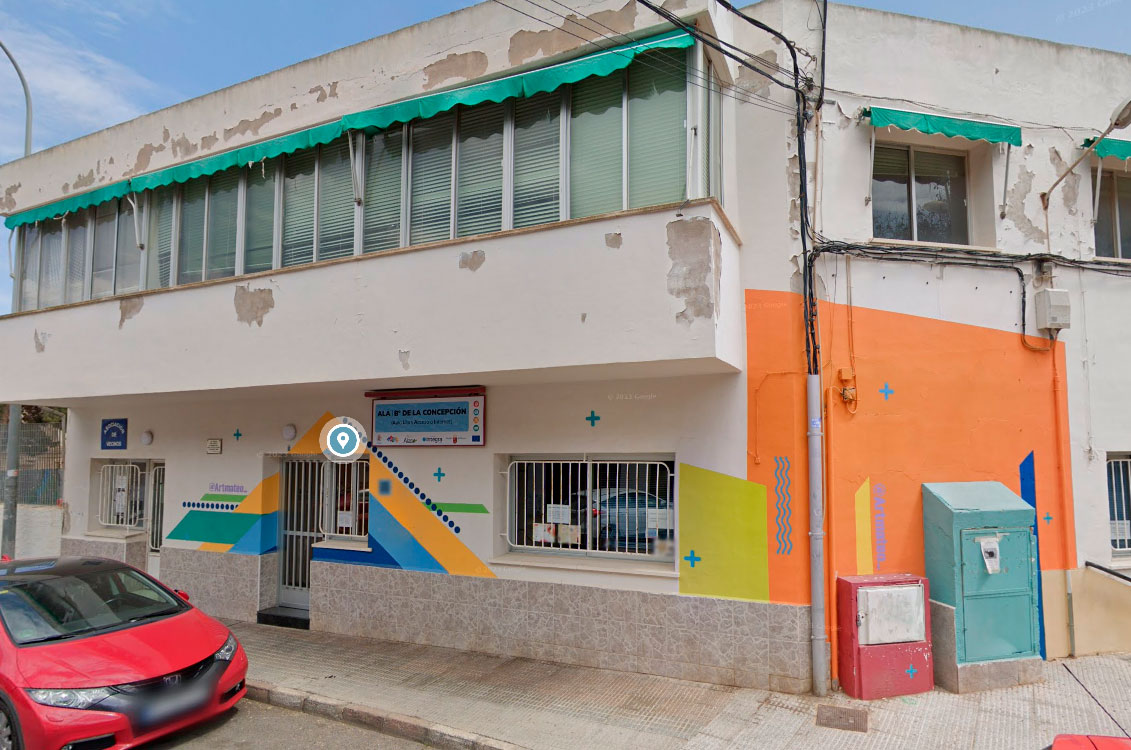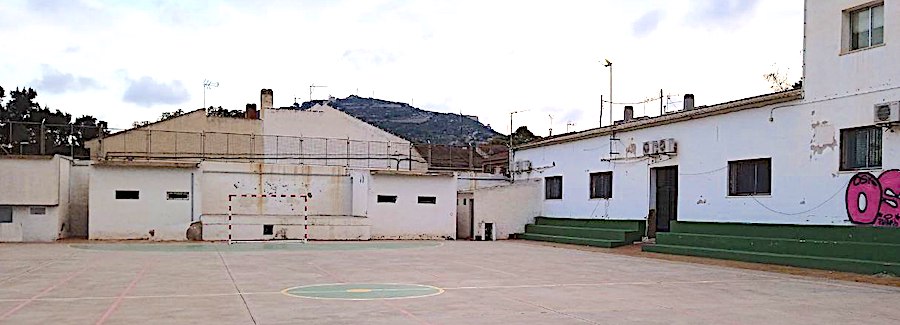LIFE BAUHAUSING EUROPE
Datos del Proyecto
- Estado: En curso
- Área: Desarrollo rural y urbano
- Programa: Life
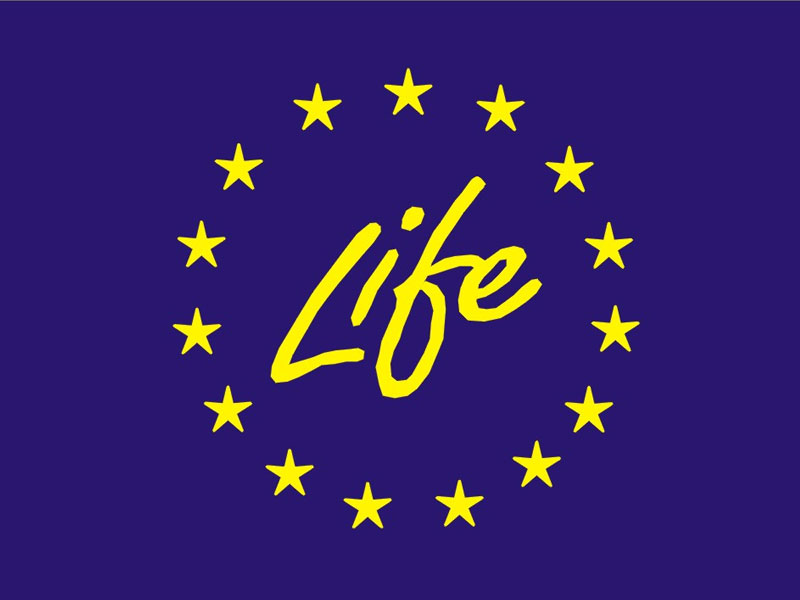
El programa life de la Unión Europea
El Programa LIFE es el único instrumento financiero de la Unión Europea dedicado, de forma exclusiva, al medio ambiente. Su objetivo general para el período 2014-2020 es contribuir al desarrollo sostenible y al logro de los objetivos y metas de la Estrategia Europa 2020 y de las estrategias y planes pertinentes de la Unión en materia de medio ambiente y clima.
El programa life abarca los siguientes ámbitos:
- Naturaleza y biodiversidad
- Economía circular y calidad de vida
- Mitigación y adaptación al cambio climático
- Transición a la energía limpia
Inversión
- Total: 4.624.142,00
- Subvencionada: 2.774.485,00
Descripción del Proyecto
Project full name: Beautiful, sustainable, together: validation of the New European Bauhaus approach for the reimagination of public buildings as boosting projects for the transformation of their neighbourhoods
Project number: Project 101113886 — LIFE22-ENV-ES-LIFEBauhausingEurope
Project period: 2023-2027
Project budget: 4.624.142 €
Climate change and the green transition are global challenges that require action to be taken at the local level. The New European Bauhaus (NEB) promotes a place-based approach and supports small-scale initiatives by individuals, neighbourhoods and communities. At the same time, the functional scale of neighbourhoods has been demonstrated as highly efficient in the use of resources whenever they guarantee a spatial distribution of uses, infrastructures and urban functions and a rational building density.
Unfortunately, the functioning at such scale is not always possible due to different degradation processes and urban challenges that lead to the absence of public facilities and services, progressive disappearance of the local commerce, abandonment or lack of care of green areas, etc. This situation also generates lack of sense of community and individualistic attitudes that increase the environmental impact on the use of resources and reduce the awareness on the power of collective action to achieve the green transition and cope with climate change hazards.
The NEB combines the multilevel, participatory, and transdisciplinary approach to guide the transformation path towards more sustainable, aesthetic and inclusive communities.
LIFEBauhausingEurope aims to start a transformation process in 5 different European neighbourhoods, following the principles of the NEB, and demonstrating that this approach is suitable for the transformation of any territory no matter its size, rural or urban character, urban challenges or degradation processes undergone. This urban transformation will pursue the generation of more sustainable, beautiful, and circular territories co-governed by their inhabitants.
LIFEBauhausingEurope will be targeting public buildings and spaces and local communities from 4 different Member States: Croatia, Hungary, Latvia and Spain.
In order to achieve the general goal of the project, the following Specific Objectives (SO) have been defined:
SO1. Achieving an effective involvement of the partners for a high-quality implementation of the project, with proper management and continuous monitoring and report.
SO2. Bringing in sustainability, aesthetics and inclusion to the transformation of existing buildings.
SO3. Improving the urban metabolism at neighbourhood level.
SO4. Strengthening community and belonging sense in targeted neighbourhoods
SO5. Assessment on the application of the NEB approach and project impacts.
SO6. Awareness raising and promotion of the NEB approach at technical and non-technical level.
SO7. Transferring and replication to EU stakeholders
Project Partners (MANDATORY INFORMATION)
EuroVertice Consultores (ES) – Coordinator - https://www.eurovertice.eu/
Universidad Politécnica de Cartagena (ES) - https://www.upct.es/
Ekodoma (LV) - https://www.ekodoma.lv/
Pro Progressione (HU) - https://proprogressione.com/
Croatia Green Building Council (HR) - https://gbccroatia.org/en/
Municipality of Cartagena (ES) - https://www.cartagena.es/
Municipality of Blanca (ES) - https://blanca.es/nuevaweb/
Municipality of Adai (LV) - www.adazunovads.lv
District of Erzsébetváros (HU) - https://erzsebetvaros.hu/
Municipality of Varadin (HR) - www.varazdin.hr
LOCATION OF PROJECT ACTIONS
LIFE Bauhausing Europe will be targeting public buildings and spaces and local communities from 4 different Member States: Croatia, Hungary, Latvia and Spain.
Targeted municipalities and public buildings:
Cartagena (ES) - neighbourhood association building
Blanca (ES) - Centro IDOL
Ādai (LV) - office building
Erzsébetváros / Budapest (HU) - Bethlen Theatre
Varadin (HR) - former military complex
El proyecto tiene previsto la transformación del local social del Barrio de la Concepción con una rehabilitación energética, funcional, de accesibilidad y estética, que podría incluir, entre otras actuaciones, la retirada de cubiertas de fibrocemento y la instalación de paneles solares. Además se va a actuar también en las zonas verdes cercanas al edificio incrementando así los valores de renaturalización tan ligados a la nueva Bauhaus Europea, así como otras actuaciones en zonas verdes del barrio, jornadas de concienciación y participación ciudadana, y de economía circular.
Reimagination of a neighbourhood association building in Cartagena
The building was constructed in different phases, the first one dates from 1982 and it was originally created for its current use, the association headquarter of the neighbourhood of la Concepción. It has three differentiated areas: an assembly hall of 250 m2 with a poor conservation state and with an asbestos cement roof; an administrative building of 2 floors with an area of 155 m2; and several warehouses annexed to the main building. The set of buildings is completed with a concrete sports court with a surface area of 1,000 m2. The building has no elevator to guarantee accessibility to the upper floor. The climatization is done by independent air conditioning modules, lacking centralised elements thus penalising energy efficiency. The building clearly needs to be updated in terms of energy, environment, health, aesthetic and use.
The construction is owned by the municipality and it is used currently by the neighbourhood association. In it are carried out cultural and social activities as well as maintenance courses for the elderly. It is the space where the decision-making processes of the neighbourhood are carried out. The building also has an adjoining sports court that is used for sports activities, neighbourhood gatherings, parties and cultural activities such as musical concerts, among others.
Being the place in the neighbourhood where everything occurs and as the citizens are deeply connected with it, intervening this building will generate an enormous impact on the people. The neighbourhood association supports the LIFE Bauhausing Europe project (see letters of support) and many members are willing to participate in the local working group. Their experiences will be authentic living unicorns (life experiences that are the result of a real on ground knowledge and that any municipality or agency will obtain otherwise, T5.4) with which the building will be successfully reimagined. After the renovation, this space will be also a place where circular actions take place as well as capacity building and it will be deeply connected with the ACT of Cartagena.
Objetivos del Proyecto
- Aprender de un proceso activo para implicar a la sociedad y a las partes interesadas en un marco de una gobernanza eficaz.
- Aportar sostenibilidad, estética e inclusión a la transformación de los edificios existentes.
- Mejorar el metabolismo urbano a nivel de barrio.
- Reforzar el sentido de pertenencia y de comunidad en los barrios seleccionados.
Acciones del Proyecto
- Procesos piloto de renovación de edificios públicos guiada por las necesidades de los usuarios y un enfoque transdisciplinar.
- Creación de espacios públicos basados en la circularidad.
- Puesta en marcha de iniciativas como bancos de tiempo, mercados de intercambio de objetos/bibliotecas y talleres de reparación de objetos.
- Intervenciones a nivel de distrito para la recuperación de biorresiduos urbanos, aguas residuales o pluviales.
- Grupos de discusión a nivel de distrito para promover procesos participativos de co-gobernanza.
- Talleres de expertos (cultura, tecnología, innovación y diseño, ingeniería, dibujo y arte, ciencia).
- Iniciativas educativas y culturales.
- Seguimiento de los resultados del proyecto respecto a la aplicación del enfoque NBE.
- Actividades de elaboración de políticas y actividades de replicación.


